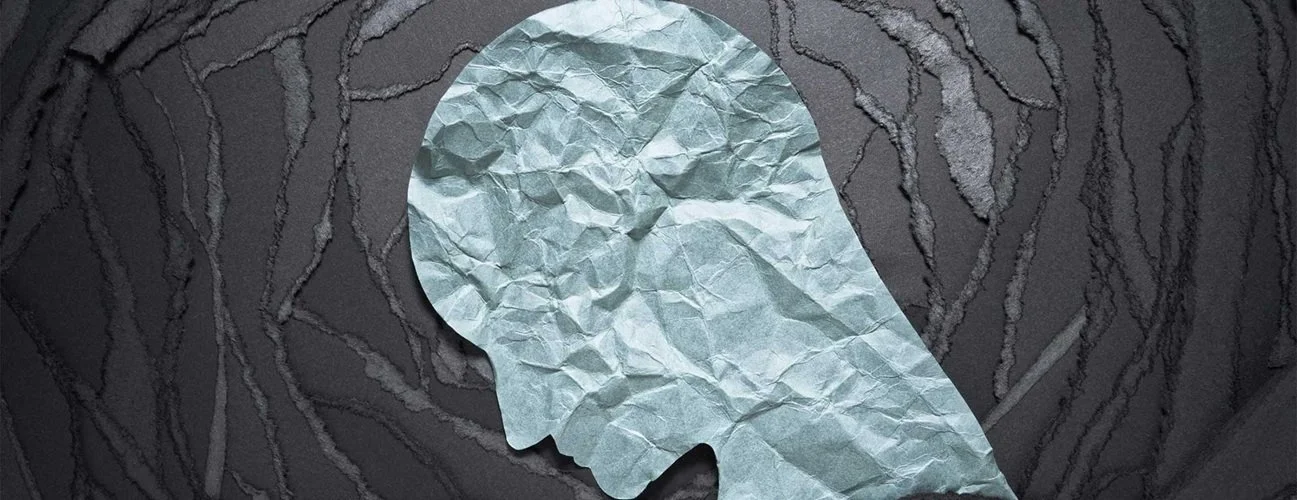Exploring Ketamine Troches for Treatment-Resistant Depression: Safety, Efficacy, and Tolerability
By Brenna Christie, FNP-C, PMHNP-BC
In recent years, ketamine has emerged as a promising treatment option for individuals suffering from treatment-resistant depression (TRD). TRD is typically defined as depression that has not responded to at least 2 trials of antidepressants from different medication classes with adequate dosing and duration of treatment. While traditionally administered intravenously, ketamine is now available in various formulations, including troches, which offer a convenient and potentially effective alternative. This article describes the safety, efficacy, and tolerability of ketamine troches for those battling TRD.
What Are Ketamine Troches?
Ketamine troches are small, dissolvable lozenges that are taken orally. While many patients receive significant benefit from intravenous ketamine infusions for TRD, this method is not always easily accessible or cost-effective. Additionally, troches offer a less invasive option of administration. This form of ketamine is absorbed through the mucous membranes in the mouth, resulting in a gradual release into the bloodstream.
Efficacy of Ketamine Troches
While considered a relatively new treatment in the field of psychiatry, evidence to support the use of ketamine for TRD is both robust and growing. Studies have shown that ketamine can rapidly alleviate depressive symptoms and suicidality, often within hours of administration (1, 4), setting it apart from other medications used for depression. This rapid onset of action is particularly beneficial for individuals who have not responded to traditional antidepressants. While studies specifically focusing on troches are still emerging, early evidence suggests that they may offer similar benefits to intravenous ketamine, making them a viable option for those seeking alternative treatments (2, 3).
Safety Profile
Ketamine has a well-documented safety profile when used under medical supervision (5). However, as with any medication, there are potential side effects. Common side effects of ketamine include dizziness, sedation, dissociation, high blood pressure, and nausea. It is crucial for patients to be monitored by healthcare professionals to manage these effects and ensure safe usage.
Tolerability and Patient Experience
One of the advantages of ketamine troches is their ease of use. Taken in the comfort of patients’ own homes, ketamine troches reduce the need for frequent clinic visits and arranging transportation to and from infusions. This convenience can improve adherence to treatment and overall patient satisfaction. Additionally, the lower doses used in troches may result in fewer side effects compared to higher-dose intravenous treatments.
Conclusion
Ketamine troches are a promising advancement in the treatment of treatment-resistant depression. Their safety, efficacy, and tolerability make them a feasible option for many patients who have not responded to other treatments. As research continues to evolve, ketamine troches may become a cornerstone in the management of TRD, offering hope to those who have long struggled with traditional therapies.
Disclaimer: Always consult with a healthcare professional before starting any new treatment. This article is for informational purposes only and is not a substitute for professional medical advice.
References
Alnefeesi, Y., Chen-Li, D., Krane, E., Jawad, M. Y., Rodrigues, N. B., Ceban, F., ... & Rosenblat, J. D.(2022). Real-world effectiveness of ketamine in treatment-resistant depression: A systematic review & meta-analysis. Journal of Psychiatric Research, 151, 693-709.
Lara, D. R., Bisol, L. W., & Munari, L. R. (2013). Antidepressant, mood stabilizing and procognitive effects of very low dose sublingual ketamine in refractory unipolar and bipolar depression. International Journal of Neuropsychopharmacology, 16(9), 2111-2117.
Liester, M., Wilkenson, R., Patterson, B., Liang, B., & Liester, M. B. (2024). Very low-dose sublingual ketamine for borderline personality disorder and treatment-resistant depression. Cureus, 16(4).
Serafini, G., H Howland, R., Rovedi, F., Girardi, P., & Amore, M. (2014). The role of ketamine in treatment-resistant depression: A systematic review. Current Neuropharmacology, 12(5), 444-461.
Wan, L. B., Levitch, C. F., Perez, A. M., Brallier, J. W., Iosifescu, D. V., Chang, L. C., ... & Murrough, J. W. (2014). Ketamine safety and tolerability in clinical trials for treatment-resistant depression. The Journal of Clinical Psychiatry, 76(3), 10121.

